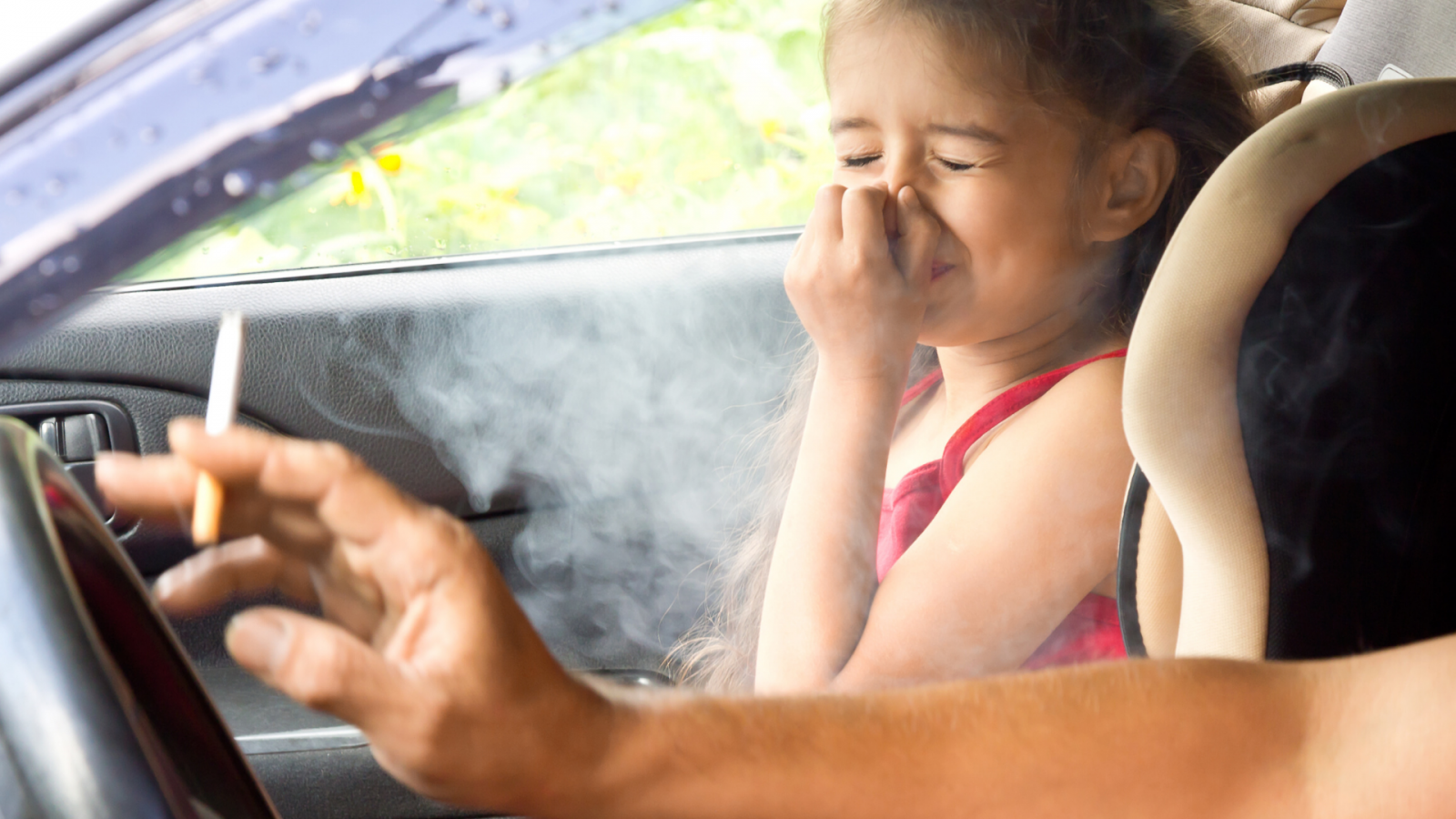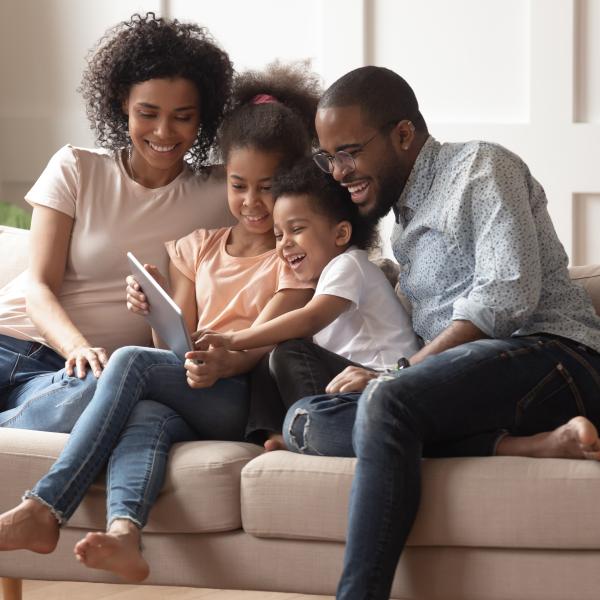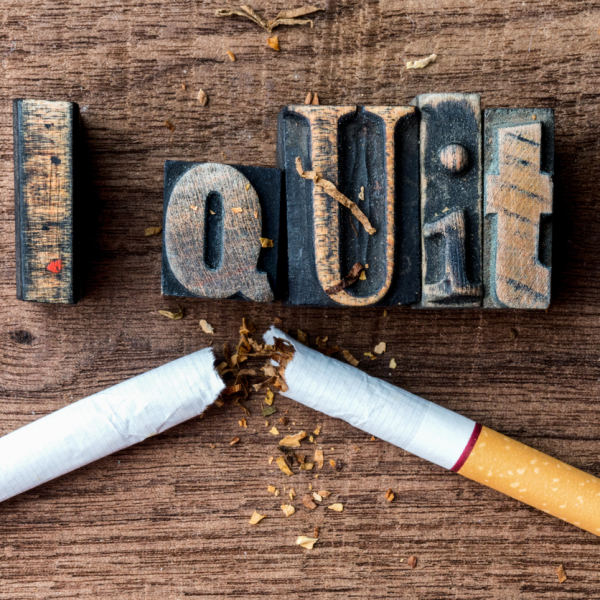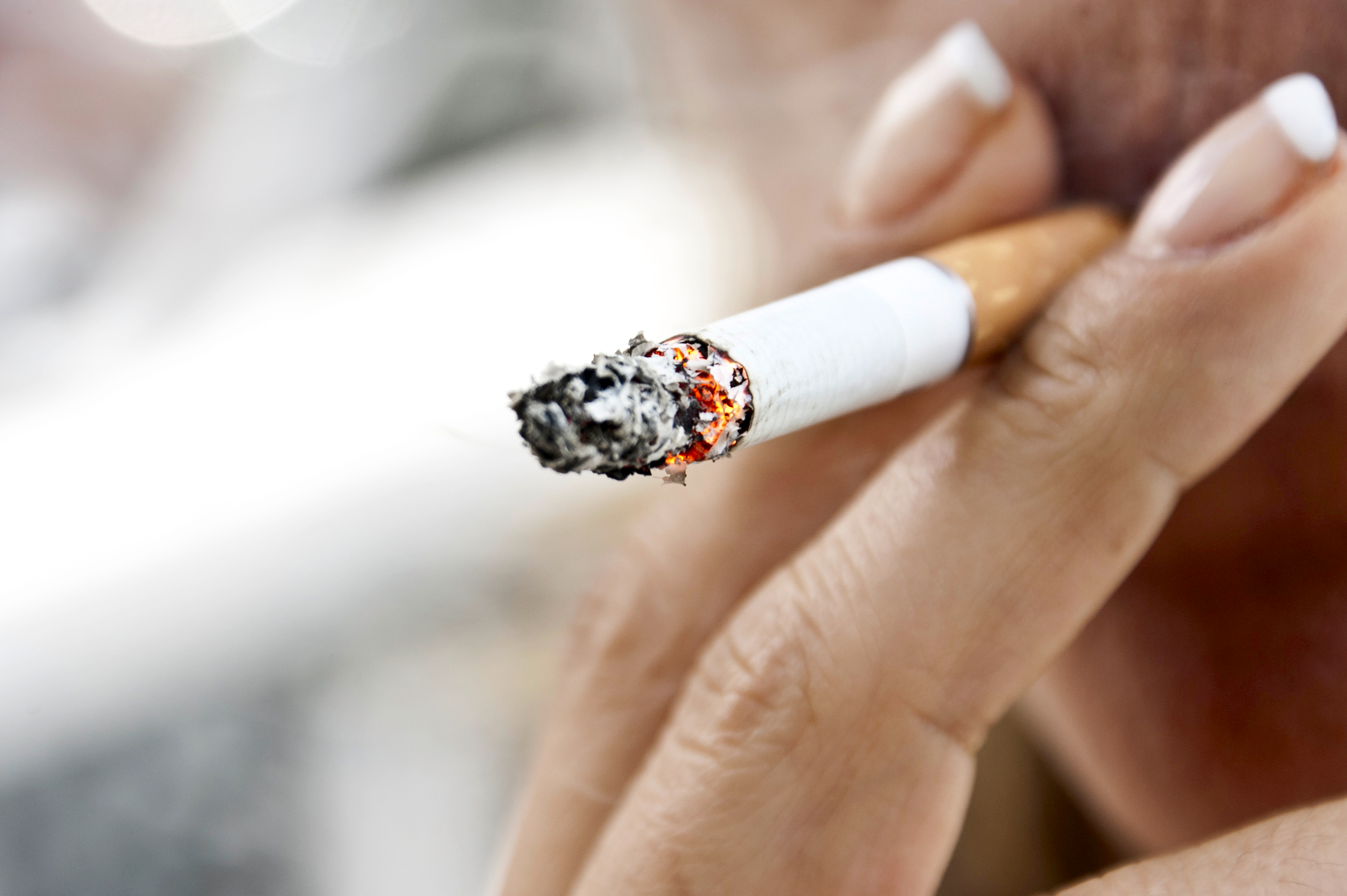Secondhand smoke

On this page:
When non-smokers share a space with someone who is smoking they are being exposed to secondhand smoke. Secondhand smoke affects everyone but can be especially harmful to pregnant women and children.
What is secondhand smoke?
Secondhand smoke is a combination of:
- mainstream smoke – the smoke that is inhaled and then breathed out by the smoker.
- sidestream smoke – the smoke that comes from the burning end of the cigarette and is far more dangerous than the mainstream smoke inhaled by the smoker as it contains higher concentrations of harmful chemicals.
Only a small amount (15%) of smoke from a cigarette is inhaled by the smoker; the rest of it goes directly into the air
What are other names for secondhand smoke?
- environmental tobacco smoke (ETS).
- passive smoke.
What are the risks?
Secondhand smoke increases the risk of lung cancer and heart disease in non-smokers. It puts people suffering from breathing disorders and heart disease at particular risk and it makes illnesses such as asthma and chronic bronchitis worse.
What if I live with a smoker?
Adults and children who live in a smoky home are at greater risk of the following:
- coughing and wheezing.
- chest infections (such as pneumonia and bronchitis).
- severe asthma.
- middle ear infections and glue ear (may cause partial deafness).
- cot death (sudden infant death syndrome).
- absence from school due to illness.
The risk of these problems is greatly reduced as soon as the individual is no longer breathing in secondhand smoke.
Tips to protect you and your family from secondhand smoke
If you are a smoker...
Quitting smoking is the most important thing you can do for your own health. But if you are not ready to quit smoking you can still protect your family and friends from the harmful effects of secondhand smoke.
- Never smoke around your children.
- Always try to smoke outdoors and away from children.
- Make your car smoke-free; smoking is more concentrated in a small space, which makes it more harmful.
- Try and make you home smoke-free. Start by making the bedrooms smoke-free, then try to make the family rooms smoke-free.
If you are not a smoker...
- Ask your smoking visitors or family members not to smoke around yourself or your children and to smoke outdoors.
- If someone minds your children in their own home, ask them to keep it smoke-free or not to smoke around your children.
Children and secondhand smoke
Smoking in the presence of young children can cause them serious illness and may make them more likely to suffer health problems in later life.
Why are children who share a home with smokers at risk?
- Children are more at risk because their immune systems, which protect them from getting sick, are not fully developed.
- It is more difficult for young children to avoid or complain about secondhand smoke.
Children depend on adults to make sure their air is smoke-free.
What can I do to protect my children from secondhand smoke?
As a parent, quitting smoking is one of the most important things you can do for the health of your child.

Children are twice as likely to smoke if their parents smoke.
Pregnancy and secondhand smoke
Smoking in the presence of a pregnant woman may endanger the health of the fetus (unborn baby) and mother.
If you smoke when pregnant there is an increased risk of harm to the unborn baby.
- Smoking when you are pregnant increases the risk of cot death, miscarriage and other pregnancy complications.
- Smoking around an infant increases the risk of cot death.

For information and support on how to quit smoking, call the HSE Quit Team on Freefone 1800 201 203 or visit Quit.ie
For more information
Phone
1800 200 700



